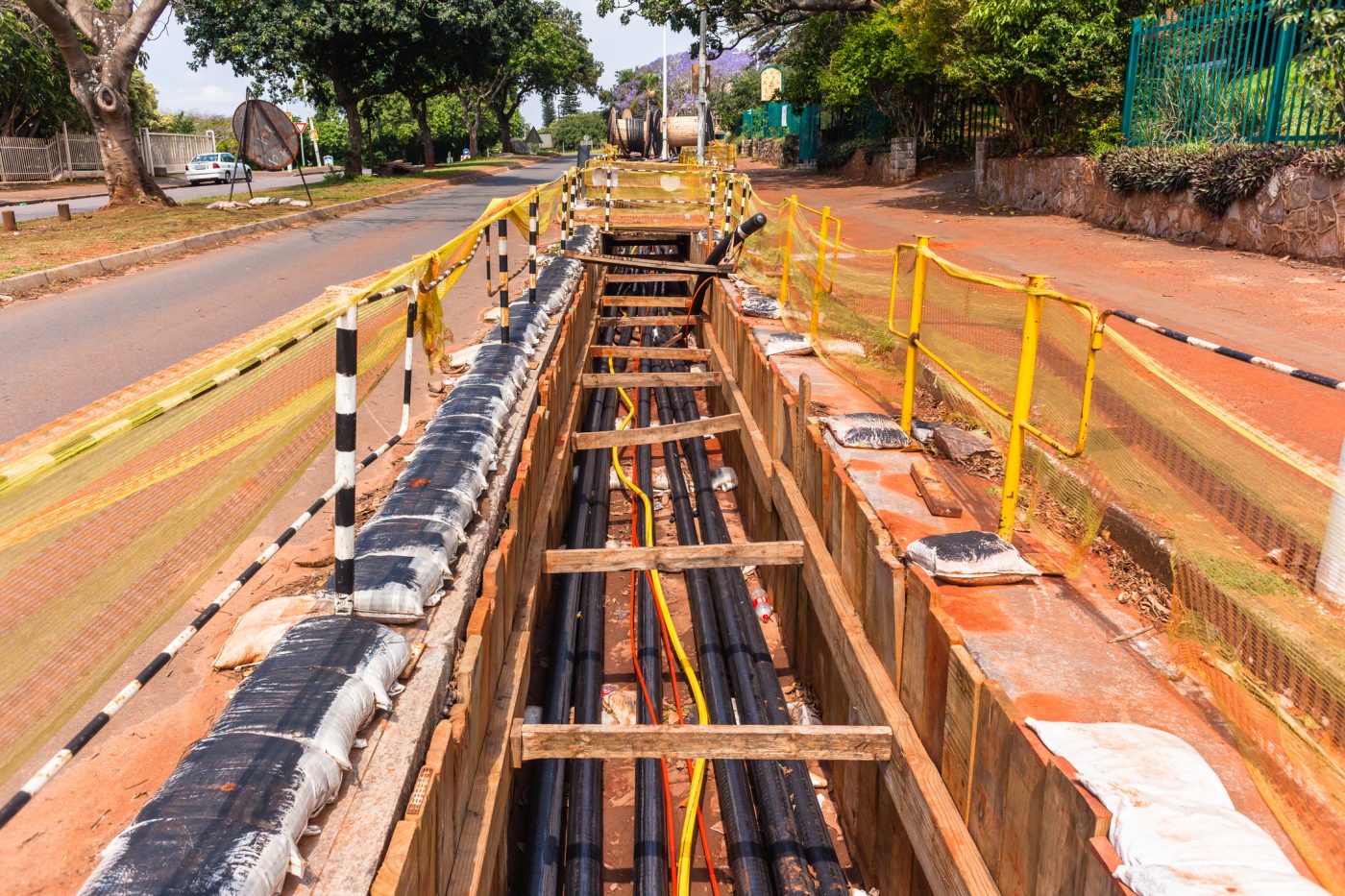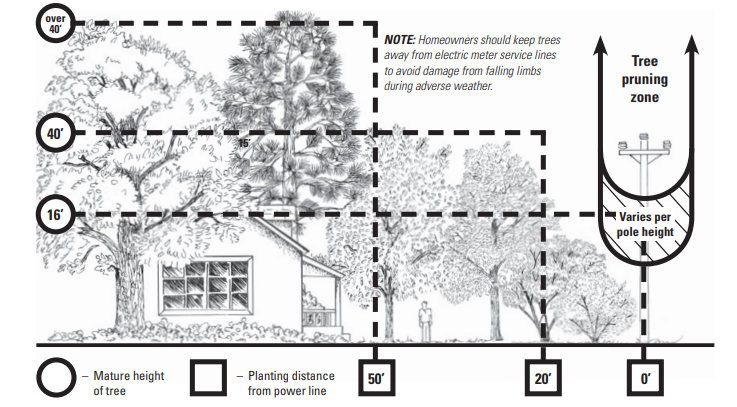As CenterPoint Energy undertakes its “Greater Houston Resiliency Initiative” — which includes replacing about 1,000 wooden poles with fiberglass ones and clearing vegetation along 2,000 miles of high-risk distribution lines — the West Houston Association is exploring how we and other local organizations can further enhance energy reliability.
From a land development perspective, well-planned projects often prioritize the undergrounding of electrical infrastructure where financially feasible. This approach not only bolsters reliability and resilience but also improves safety and aesthetics. Underground power lines are shielded from weather-related disruptions, leading to fewer outages and reduced maintenance costs. They also eliminate the hazards of downed lines and fires, and their hidden nature enhances visual appeal, potentially boosting property values. Additionally, this practice frees up land for other uses, offering greater flexibility in urban planning, and minimizes environmental impacts on wildlife and natural landscapes.
 Changes to state law to allow for municipal utility districts to reimburse developers for hardening infrastructure would make it easier for developers to recoup upfront costs and keep housing more affordable while also increasing electric reliability. Combined with tweaks to our Quality Planned Development (QPD) recognition program, to encourage more undergrounding of electric delivery, we believe we can get more burial of infrastructure through public-private partnerships.
Changes to state law to allow for municipal utility districts to reimburse developers for hardening infrastructure would make it easier for developers to recoup upfront costs and keep housing more affordable while also increasing electric reliability. Combined with tweaks to our Quality Planned Development (QPD) recognition program, to encourage more undergrounding of electric delivery, we believe we can get more burial of infrastructure through public-private partnerships.
For future developments, a tiered landscaping and tree-planting approach could be beneficial. For instance, only species of shrubs and small trees that don’t grow over 10 feet should be considered for planting under power lines. If there is a trail running under electric infrastructure, consider lower growth trees, such as a Dwarf Crape Myrtle which can provide moderate shade along a trail, is drought-tolerant, and well suited to Houston’s climate. As they only grow 6-10 feet, they would have no interference with overhead lines. Within a few feet of overhead distribution, focus on plantings like the Pygmy Date Palm, which is a popular palm tree well suited to the Texas climate and slowly reaches a mature height of 6-12 feet, making them unlikely to interfere with power lines. As plantings get about 10-15 feet away consider the Texas Hawthorn, a small deciduous native Texas tree growing about 15-20 feet high and similarly wide. Even in a storm with the tree leans or falls, it should be at a safe enough distance from the distribution line. While we love our large trees, like the majestic Live Oaks that can grow 80 feet into the air with 100+ feet of branches, let’s keep them away from electric infrastructure. CenterPoint Energy has a recommended list of low growing trees suitable for planting near power lines.
 Smart planting is not something that the development community can do alone. The public sector should also consider actions in already developed areas, such as changes to ordinances on what species of trees can be planted and where to reduce the likelihood of vegetation interfering with existing infrastructure. Houston and surrounding cities can update tree planting and removal ordinances to reflect modern needs, ensuring that trees provide maximum benefit without causing conflicts with utilities. Additionally, ordinances can mandate low-growth zones under power lines while incentivizing tree planting in other areas. Information on the City of Houston’s current Tree and Shrub Ordinance.
Smart planting is not something that the development community can do alone. The public sector should also consider actions in already developed areas, such as changes to ordinances on what species of trees can be planted and where to reduce the likelihood of vegetation interfering with existing infrastructure. Houston and surrounding cities can update tree planting and removal ordinances to reflect modern needs, ensuring that trees provide maximum benefit without causing conflicts with utilities. Additionally, ordinances can mandate low-growth zones under power lines while incentivizing tree planting in other areas. Information on the City of Houston’s current Tree and Shrub Ordinance.
Of course, there are thousands of existing trees in already built-up areas. Proper tree maintenance is crucial for ensuring tree health and preventing electricity disruptions. Regular pruning helps trees develop strong structures, reducing the risk of branches breaking during storms, which can cause outages. Additionally, maintaining appropriate tree height and distance from power lines minimizes the chance of electrical hazards. Healthy, well-maintained trees not only enhance the landscape but also contribute to community safety and reliable energy supply, making proactive care essential for both aesthetic and functional reasons.
By prioritizing underground infrastructure, adopting smart planting strategies, and collaborating with public sector initiatives, land developers can significantly enhance energy reliability while contributing to safer, more sustainable, and visually appealing communities. Through proactive planning and partnerships, we can build a resilient energy future that balances development needs with environmental stewardship and affordability.
This piece was put together by WHA’s working group on Energy and Communication, led by WHA Board Member Lisa Clark, in collaboration with CenterPoint Energy
